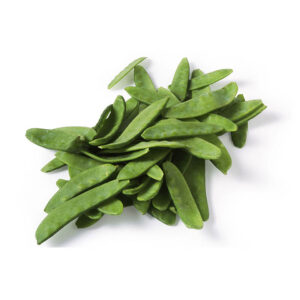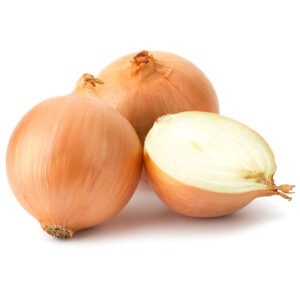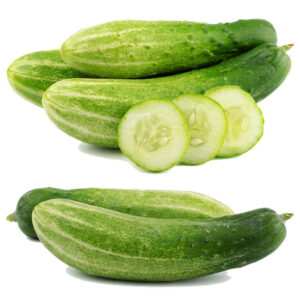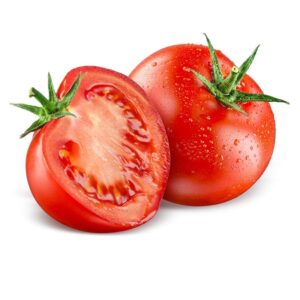Carrot
Carrot
- The carrot gets its characteristic and bright orange color from β-carotene, which is metabolized into vitamin A in humans when bile salts are present in the intestines.
- Massive overconsumption of carrots can cause carotenosis, a benign condition in which the skin turns orange.
January – December
Description
- Carrots are also rich in dietary fibre, antioxidants, and minerals.
- Lack of Vitamin A can cause poor vision, including night vision, and vision can be restored by adding Vitamin A back into the diet.
- An urban legend says eating large amounts of carrots will allow one to see in the dark.
- The legend developed from stories of British gunners in World War II who were able to shoot down German planes in the darkness of night.
- The legend arose during the Battle of Britain when the RAF circulated a story about their pilots’ carrot consumption as an attempt to cover up the discovery and effective use of radar technologies in engaging enemy planes, as well as the use of red light (which does not destroy night vision) in aircraft instruments.
- It reinforced existing German folklore and helped to encourage Britons—looking to improve their night vision during the blackouts—to grow and eat the vegetable.
- Ethnomedically, the roots are used to treat digestive problems, intestinal parasites, and tonsillitis or constipation.







